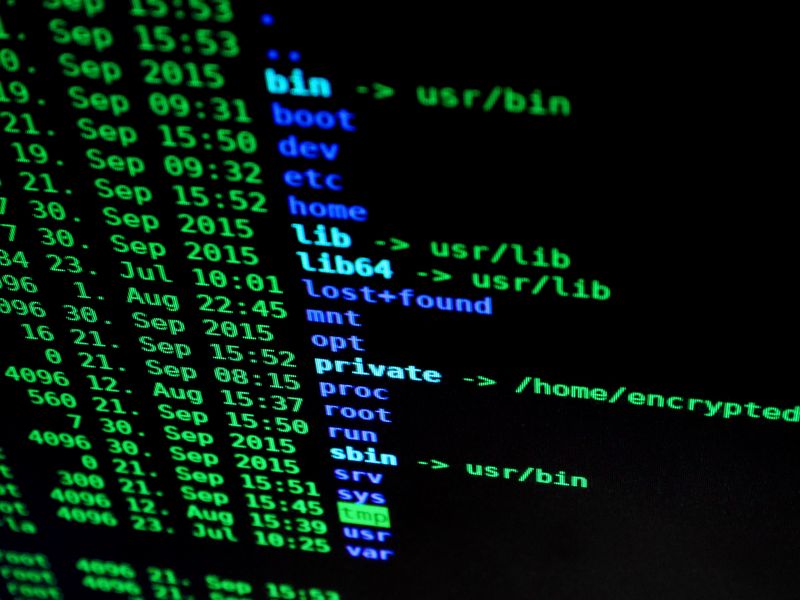Protecting Email Communication: Adoption of DMARC Accelerates
Overview
In a move to enhance email security and combat impersonation attacks, Google and Yahoo have announced new requirements for companies sending more than 5,000 email messages through their platforms. By February 2024, these companies will be required to adopt Domain-based Message Authentication Reporting and Conformance (DMARC), along with two other security technologies, Sender Policy Framework (SPF) and DomainKeys Identified Mail (DKIM). The aim is to improve email authentication and create a notification channel to combat spoofed emails. While the new requirements are a positive step forward, experts argue that further measures are needed to create stronger security practices and combat abuse in the email ecosystem.
The Importance of Email Authentication
Email authentication technologies such as DMARC, SPF, and DKIM have gained accelerated adoption in recent years. During the COVID-19 pandemic, as companies shifted to remote operations, the need for secure and authenticated email communication became even more crucial. However, despite the progress, data from Valimail, a DMARC service provider, shows that only about half of email senders have a DMARC record, and only 14% have set DMARC to enforce a strict policy of quarantine or reject. Nonprofit domains are particularly lagging with only 1% having DMARC set up.
The Role of DMARC
DMARC serves as a crucial component of email authentication, providing a notification channel back to the domain-name owner to collect information on potential spoofing attempts. It works in conjunction with SPF and DKIM, which authenticate the sending domain and ensure that the email message’s integrity is maintained. The combination of these technologies provides better protection against impersonation and increases the authenticity of email communication.
The New Requirements and Their Impact
Google and Yahoo’s new requirements for email senders aim to ensure the widespread adoption of DMARC. Companies will need to have SPF and DKIM records, a DMARC record, and proper alignment between the “From” header and the authentication records. Additionally, they must maintain spam rates below 0.3% and provide a one-click unsubscribe option. Google will implement these rules for senders of over 5,000 messages to Gmail addresses in a day, while Yahoo will apply them to “bulk senders.”
Expected Adoption and Benefits
Neil Kumaran, group product manager for Google’s Gmail Security & Trust group, expects the new requirements to drive increased adoption of DMARC, leading to better email authentication on the platform. Google currently processes about 15 billion emails each day, and the number of unauthenticated messages has already decreased by 75% since the company implemented authentication requirements. As more senders adopt DMARC, filters will improve their ability to detect and block suspicious email patterns, enhancing overall email security.
Insufficient Stringency and the Need for Stronger Measures
While the new requirements are a step in the right direction, experts argue that they do not go far enough to combat abuse in the email ecosystem. Seth Blank, chief technology officer at Valimail, emphasizes the importance of consistently applied industry best practices. Although major-volume senders are implementing these practices effectively, other companies are lagging behind, leading to rampant abuse and impersonation attempts.
The Potential for Workarounds and Comprehensive Protection
Securing email communication is a complex task, and it is crucial to acknowledge that malicious actors will find ways to circumvent security measures. Raf Marconi, managing senior consultant with Bishop Fox, notes that bad actors may stay below the required thresholds or use legitimate services to avoid detection. While the new requirements are expected to reduce spam and phishing, it is difficult to gauge the impact before implementation. Oren Falkowitz, field CSO for Cloudflare, emphasizes the need to go beyond sender authentication and focus on identifying and controlling malicious payloads such as files, links, and requests.
Editorial: Strengthening Email Security in the Digital Age
In an era where email communication is an integral part of our personal and professional lives, it is imperative that we prioritize the security and authenticity of our messages. The new requirements set forth by Google and Yahoo are an important step towards creating a more secure email landscape. However, they should be seen as a starting point rather than a comprehensive solution.
Addressing the Current Gaps
The fact that only half of all email senders have a DMARC record, and even fewer enforce strict policies, highlights the urgent need for increased adoption and implementation of email authentication technologies. As the COVID-19 pandemic led to an unprecedented rise in remote work, it also exposed vulnerabilities in email systems. Cybercriminals took advantage of these vulnerabilities, launching sophisticated phishing and spoofing attacks. To counter this, organizations across sectors must prioritize email security by investing in DMARC and other authentication technologies.
Raising the Bar: Stricter Requirements Needed
While the new requirements will undoubtedly improve email security by increasing authentication, stricter guidelines are necessary to effectively combat abuse in the ecosystem. Major email providers should raise the bar and implement more stringent measures. By doing so, they will create a safer environment where email senders can be confident that their messages are protected from spoofing attempts, and recipients can trust the authenticity of their incoming emails.
Moving Beyond Authentication: A Comprehensive Approach
While authentication technologies like DMARC, SPF, and DKIM play a crucial role in email security, they are not the sole solution. To effectively combat email fraud, organizations must go beyond sender authentication and focus on detecting and neutralizing malicious payloads. By implementing robust controls and leveraging advanced threat detection mechanisms, security teams can identify and block harmful attachments, links, and requests that often accompany phishing attempts.
The Imperative for Collective Action
Ensuring the security and authenticity of email communication requires a collective effort. All stakeholders, including email providers, organizations, and individuals, must collaborate to establish robust security measures. This includes adopting DMARC and other authentication technologies, regularly updating security configurations, and educating employees and users about email best practices and the potential risks of phishing attacks. Additionally, organizations should invest in advanced cybersecurity solutions that employ artificial intelligence and machine learning capabilities to proactively detect and prevent emerging threats.
Conclusion: Towards a Secure Email Landscape
The new requirements set by Google and Yahoo reflect the growing importance of email authentication in the digital age. While they represent a step forward, they must be seen as part of an ongoing effort to establish a more secure email ecosystem. Organizations of all sizes must recognize the critical role that email plays in their operations and take proactive steps to adopt robust security measures. By doing so, we can collectively build a stronger defense against email fraud, phishing attempts, and other forms of cyber threats, ultimately ensuring the privacy and integrity of our digital communication.

<< photo by Sankha Subhra Bhattacharjee >>
The image is for illustrative purposes only and does not depict the actual situation.
You might want to read !
- Ransomware Attacks: How MGM Grand Defies the $100M Loss
- D.C. Voter Records Exposed: Online Sale Sparks Concerns of Cybercrime Threats
- RIT Leading the Way in Cybersecurity Education with Google’s Support
- Google and Yahoo’s DMARC Push: A Wake-Up Call for Companies
- US Executives Beware: Phishing Attacks Exploit Vulnerability in Indeed Job Platform
- The Critical Choice: How Your Cloud Provider Impacts Email Security
- Navigating the Digital Abyss: Surging Intimidation and Frustration towards Online Security
- Exploring the Shadows: Unveiling the Risks and Innovations of Browser Isolation
- The Evolution of CAPTCHAs: A Battle of Wits Between Humans and Bots
- Twitter revelation leads Google to update email authentication: A commentary on the power of social media in cybersecurity
- How an individual’s tweet led Google to change its email authentication?
- The Great Cyber Siege: US State Department Admits Loss of 60,000 Emails Amid Chinese Hacking Allegations
- Revealing Weaknesses: How Attackers Exploit Google Looker Studio for Email Security Evasion
- The Lingering Threat: Assessing the Decrease in Internet-Exposed ICS Devices
- “Unmasking the Ever-Evolving Threat: Uncovering the Alarming Surge of 7.9 Million DDoS Attacks in 2023”
- The Rising Threat: How Spyware Is Exploiting Online Ads
- 23andMe Cyberbreach: Unveiling the Potential Risks and Rewards of Exposed DNA Data
- Exploring the Implications: Backdoored Firmware Surfaces in Android Devices Used in US Schools
- The Growing Threat: Dropbox Campaign Exploits Microsoft SharePoint Credentials




